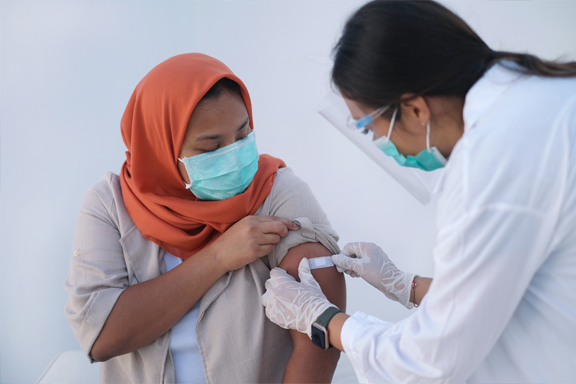Why children are uniquely at risk
Children are not simply small adults; their distinct physiological characteristics, dependence on parents/caregivers for communication and increased vulnerability to dosing deviations call for a more careful, tailored approach from pharmacists.
What the data tells us
An annual review of PDL incident reports identified that children were involved in 9% of all reports. This is a significant number of incidents and raises concerns for PDL Professional Officers. This percentage may reflect pharmacists’ increased likelihood of reporting incidents involving children – a trend similarly observed with high-risk medicines, including Schedule 8 medicines.
PDL Professional Officers note that incidents involving children may be reported more frequently, possibly due to heightened concern from distressed parents or caregivers who may lodge a complaint or pursue further action.
Approximately 25% of incident reports involving children reference some form of complaint, whether to pharmacy management or owners, or to a regulatory agency. While most incidents state that no consequence or harm occurred, a person may be more likely to be concerned with an incident or error if it involves a child – irrespective of the outcome.
Common scenarios involving children
Dispensing incidents account for the majority of overall incidents received by PDL. Many of these indicate a lapse in clinical consideration regarding dosage instructions and labelling or following on from incorrect transcription of directions. There are occasions when the medicine dispensed or the dose directed on the label is not appropriate for the patient and a focused review of the dose and indication could identify an error. For example, atropine 1% eye drops being supplied to a child, when 0.01% has been prescribed.
It is more likely that doctors may prescribe a medicine for a child in milligrams (mg) rather than millilitres (mL). Data input into the dispensing software using the milligram dose can lead the software to convert that numeric value into millilitres, leading to an excessive dose when the liquid is a concentrated form of the medicine. Examples of this error have involved many antibiotic liquids, prednisolone 5mg/mL liquid, atenolol 50mg/10mL liquid, omeprazole and melatonin liquids, to name a few. Once again, some clinical consideration of the dose as per the label could identify the dose error.
Compounded medicines are often prepared for children, and incidents have occurred where lapses in compounding practice have led to errors in strength. For instance, clonidine liquids for behavioural conditions or scopolamine preparations for travel sickness.
Other incident causes include general dispensing errors, such as wrong drug or strength selected in the dispensing process. Medicines prescribed for ADHD, such as stimulants, often feature due to the range of strengths and products, leading to data input errors or selection errors when S8 safes are overcrowded.
PDL has also received reports of children taking medicine prescribed for adults. Pharmacists are encouraged to remind patients about safe storage, especially for potent sedating medicines, including opioid replacement therapy.
Learning from incidents
PDL reminds pharmacists to carefully consider prescriptions and over-the-counter requests for children and apply a measure of clinical judgement to mitigate risk to our youngest patients.
PDL members can call 1300 854 838 for advice and incident support from one of our Professional Officers.



